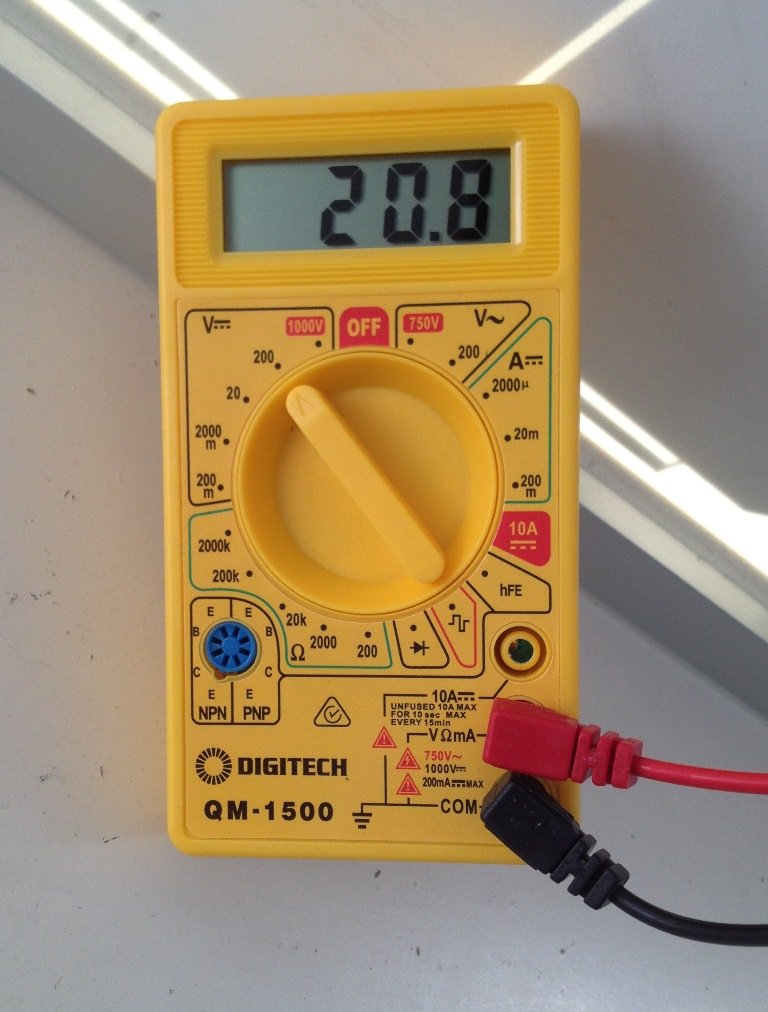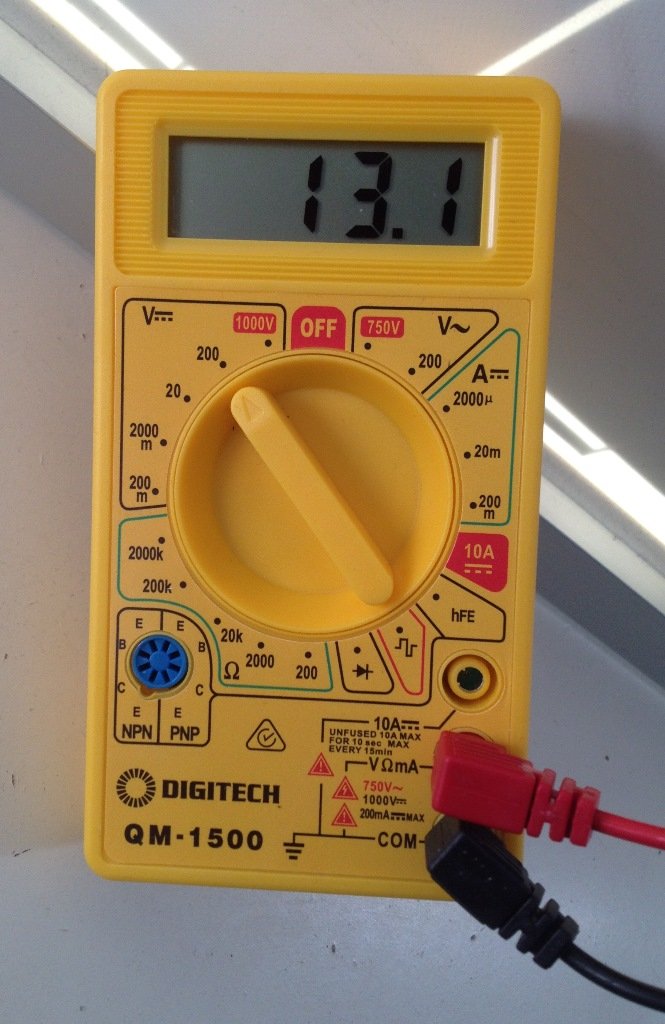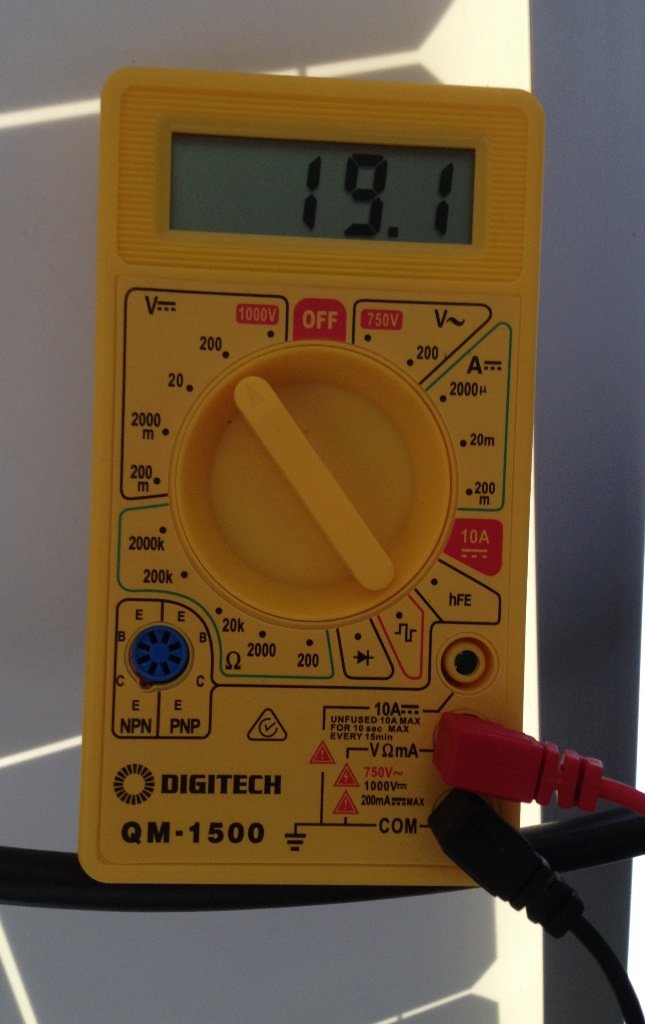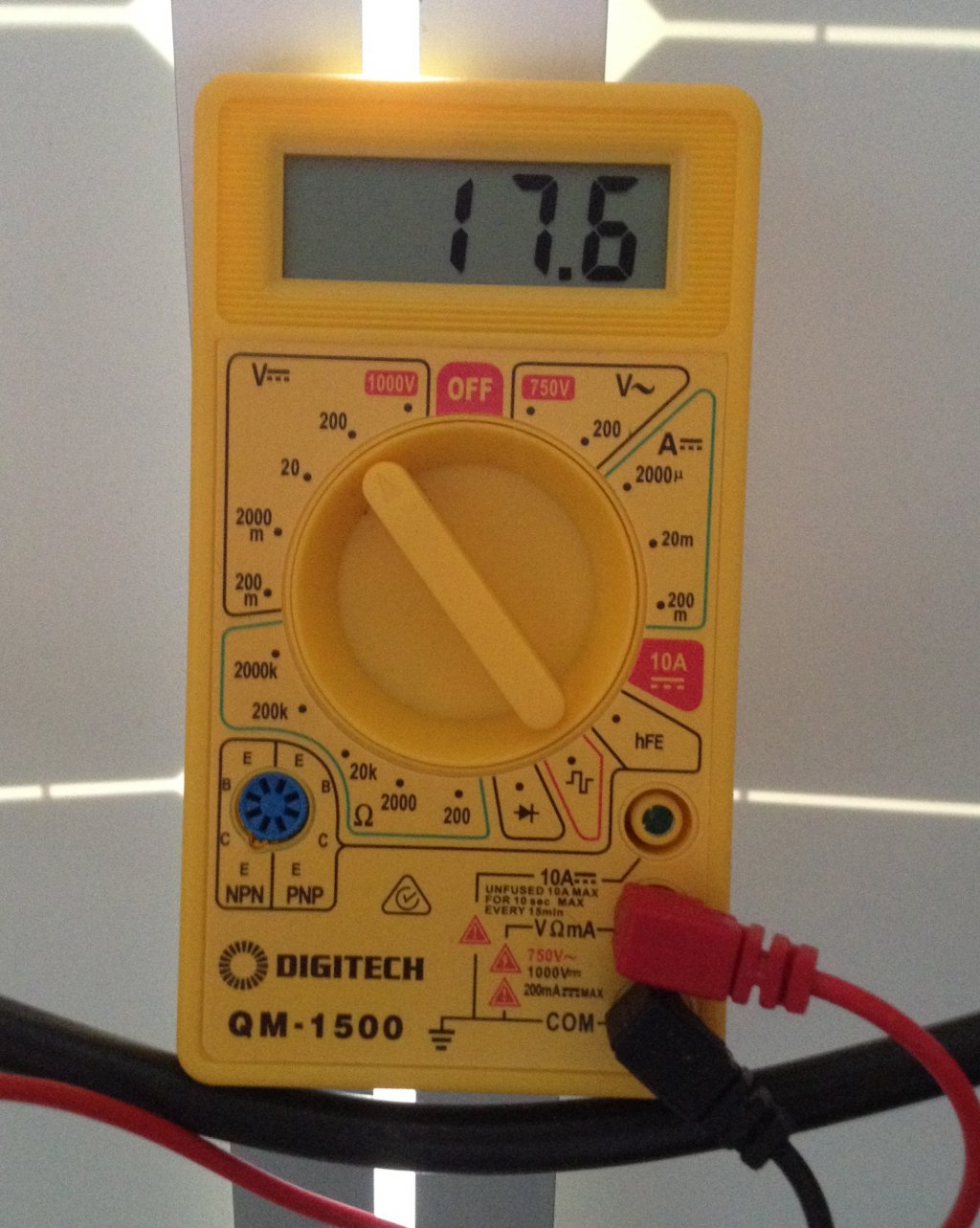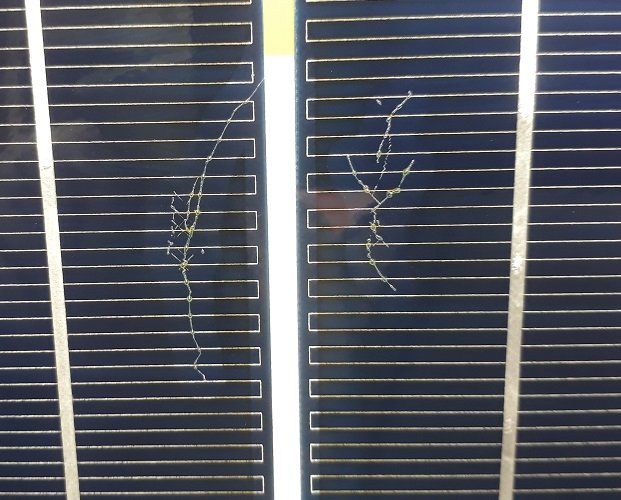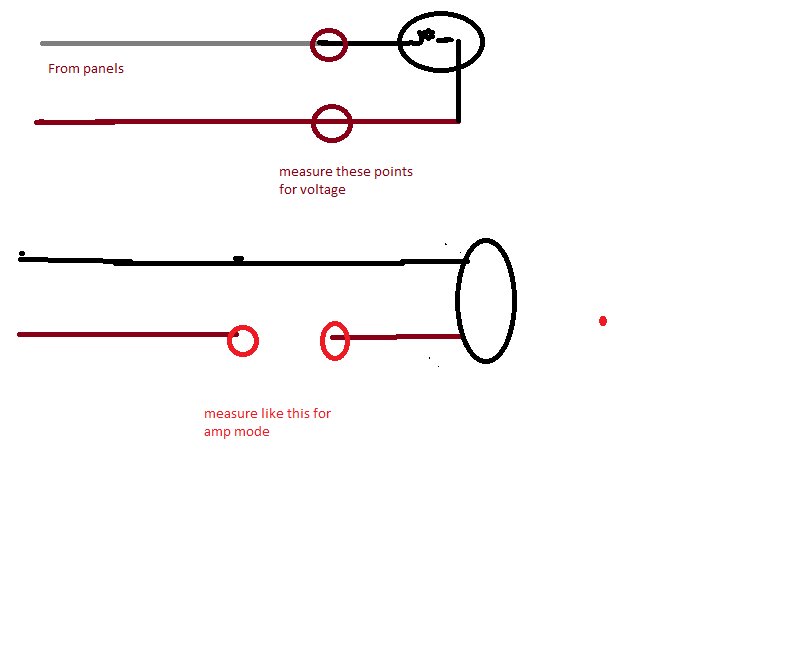Ok so, this is going to be long winded but I've tried to be as concise as possible.
Test conditions : Cloudy with partial bursts of sun but not many.
Battery box inbuilt voltmeter 12.7 V.
Battery box tested with multimeter 12.7 V.
Solar panel junction boxes and controller tested at 20.08 V without battery box connected.
Solar panel junction boxes and controller tested with battery box connected 13.1 V but every 5 seconds it jumps up 20.08 V for a split second and immediately drops back to 13.1 V and does this cycle every 5 seconds.
Solar panel 10Ah test covering one panel without battery box connected:
Left solar panel junction box tested at 0.58Ah (cloudy) and at 2.42Ah (cloudy with a sunny burst) both at 5 seconds with right panel being covered.
Right solar panel junction box tested at 0.57Ah (cloudy, sunny burst not able to be tested due to conditions) with left panel being covered.
When solar panels were plugged into battery box, battery box voltmeter went from in 12.7 V in 1hour and 15 minutes to 13.4V and confirmed with multimeter set to DC V before and after for comparative accuracy. Over the next 10 minutes, battery box voltmeter dropped from 13.4 V to 13.1 V and stayed there for around 30 minutes till left home. It seems the solar panels regulator is doing its job in terms of regulating and not over charging battery with the battery box voltage drop and stable reading while float charging?
I went out for lunch and when I returned 5 hours later which was after 17:00, very overcast and loosing light quickly in those conditions for that time in the evening, battery box voltmeter was reading 12.9 V with solar panels still connected to battery box.
Inconclusive in my view due to not ideal conditions.
Should I do a 10Ah test on solar panels with battery box connected?
Guy at Jaycar yesterday said If testing solar panels Short Circuit Current properly, you need to bypass black somewhere on the solar panel but it needs to be completely disconnected or isolated to get an accurate reading. I was out of my technical prowess in terms of electronics and struggled with his instruction but he did squiggle it down for me on a receipt but I cant find receipt in my pockets or wallet :/
Yeah clearly from that video I now understand the differences between PWM and MPPT when comparing multimeter data :Y: but the friggin sticker states MPPT on the front of controller as does sellers listing.
I don't mind at this stage if controller is PWM even if advertised as MPPT but it goes back to damaged vertical strips and if effecting output.
If I test in optimal conditions and I'm getting close to Short Circuit Current then I'm not fussed however, failing the conditions to do so I will need to do a real world test as stated in previous posts to see how efficient the panels produce output to charge battery while consumption is constant from fridge/freezer, charging iPads, iPhones and running some LED's over a 3 to 4 day test period so panels output will be the clincher whether I keep unit or send it back but again, I need optimal conditions for testing and argument for return as stated in sellers return policy.
I have already put in a request for refund so I have 60 days from day of request to resolve and choose in which direction I go in.
Sellers return policy, well some of what is relevant in my case:
1.We offer 60 days warranty return.
Please Note:
For all returned non-faulty items (as confirmed by our technical department upon testing of the received items), the Buyer will be responsible for paying return shipping if they still require the item or a 20% re-stocking fee will be deducted from the final refund if a refund is requested.
5.Please test large items prior to installation or use, we will not accept unconfirmed faulty large item returns - e.g. solar panels.
Occasional_panner said:
Well you paid a reasonable price for it and the pwm will be just fine. BUT I personally hate A holes selling stuff fraudulently.
Just confirm it and do this test
https://www.youtube.com/watch?v=YMFf0se1PqU
Put the probes in the solar input as per pic on post 19, have meter set to volts(left side for dc, the volts on the right side is for ac) black lead in the bottom socket, and red lead in the middle socket.
If the volts from the panel stay high then it's mppt, if it gets dragged down to slightly above the batt voltage then it's pwm.
Mppt uses a dcdc converter pwm just connects direct to battery and pulses off to keep battery volts from overcharging.





